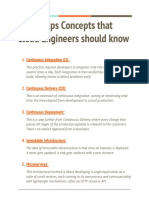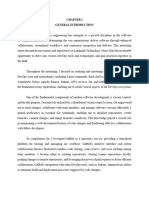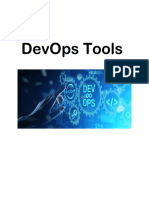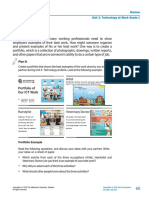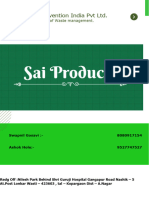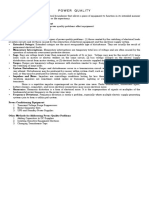0% found this document useful (0 votes)
32 views4 pagesDevOps Engineer
The document outlines the current scope of work for a DevOps engineer, highlighting alignment with team goals, in-demand skills, and ongoing R&D efforts. It details the engineer's tech stack, including tools for version control, CI/CD, monitoring, secret management, security, notifications, logging, and additional tools like IaC and containerization technologies. The document emphasizes the importance of strong programming skills and engineer availability for future projects.
Uploaded by
Gaurav SharmaCopyright
© © All Rights Reserved
We take content rights seriously. If you suspect this is your content, claim it here.
Available Formats
Download as DOCX, PDF, TXT or read online on Scribd
0% found this document useful (0 votes)
32 views4 pagesDevOps Engineer
The document outlines the current scope of work for a DevOps engineer, highlighting alignment with team goals, in-demand skills, and ongoing R&D efforts. It details the engineer's tech stack, including tools for version control, CI/CD, monitoring, secret management, security, notifications, logging, and additional tools like IaC and containerization technologies. The document emphasizes the importance of strong programming skills and engineer availability for future projects.
Uploaded by
Gaurav SharmaCopyright
© © All Rights Reserved
We take content rights seriously. If you suspect this is your content, claim it here.
Available Formats
Download as DOCX, PDF, TXT or read online on Scribd
/ 4



